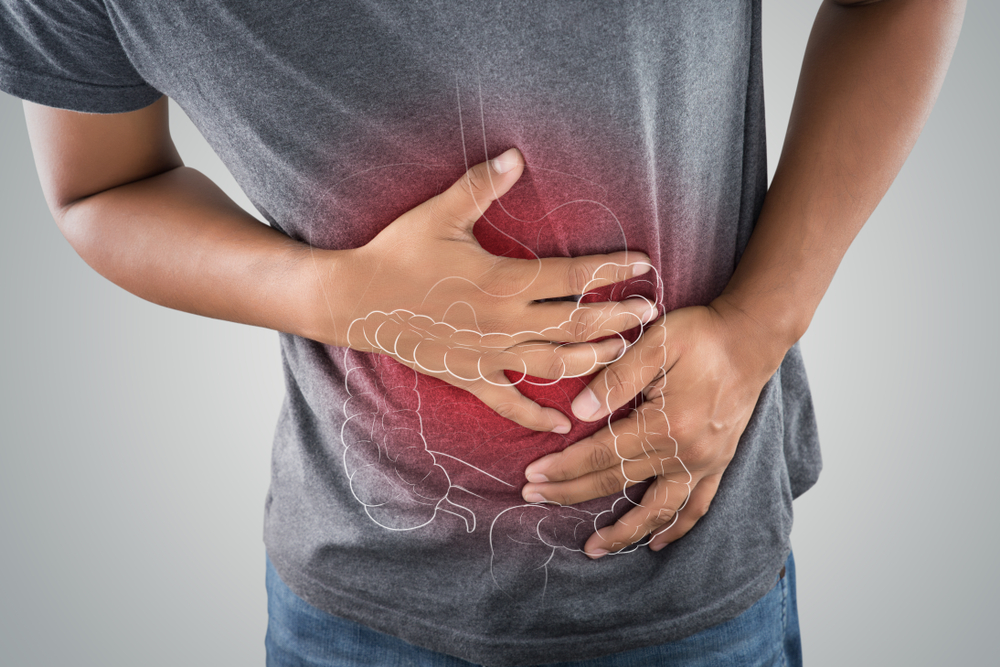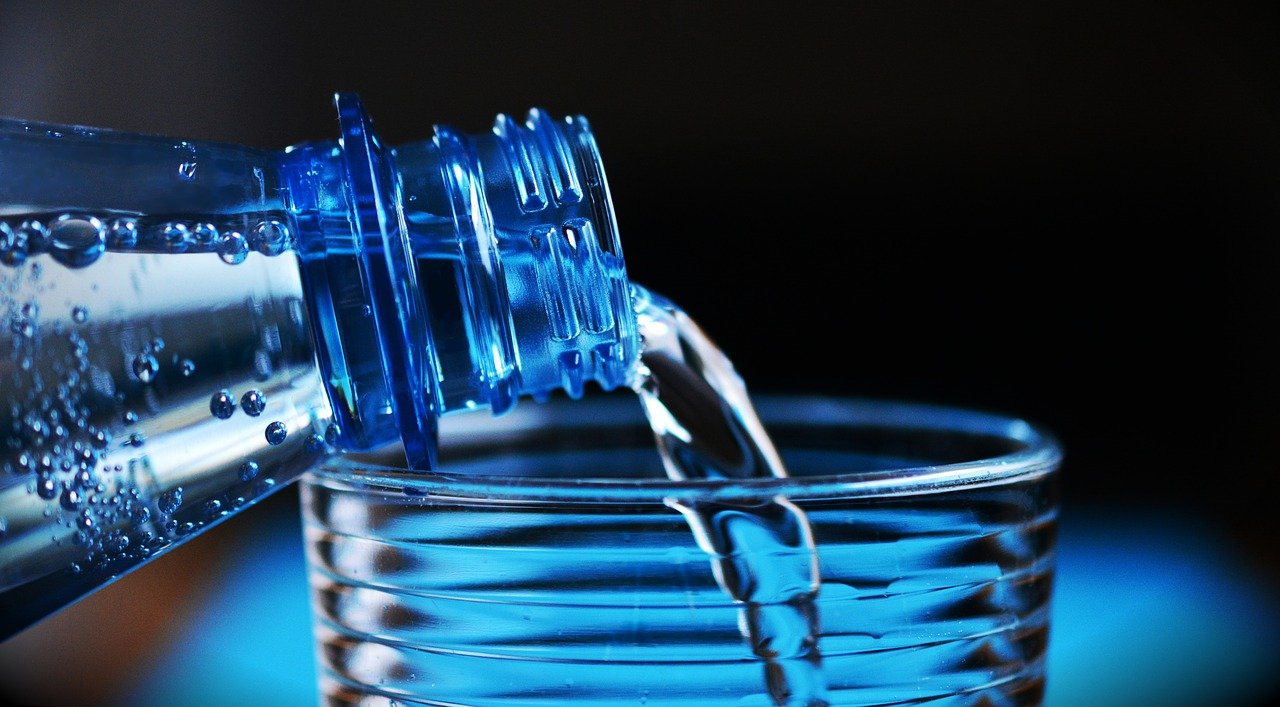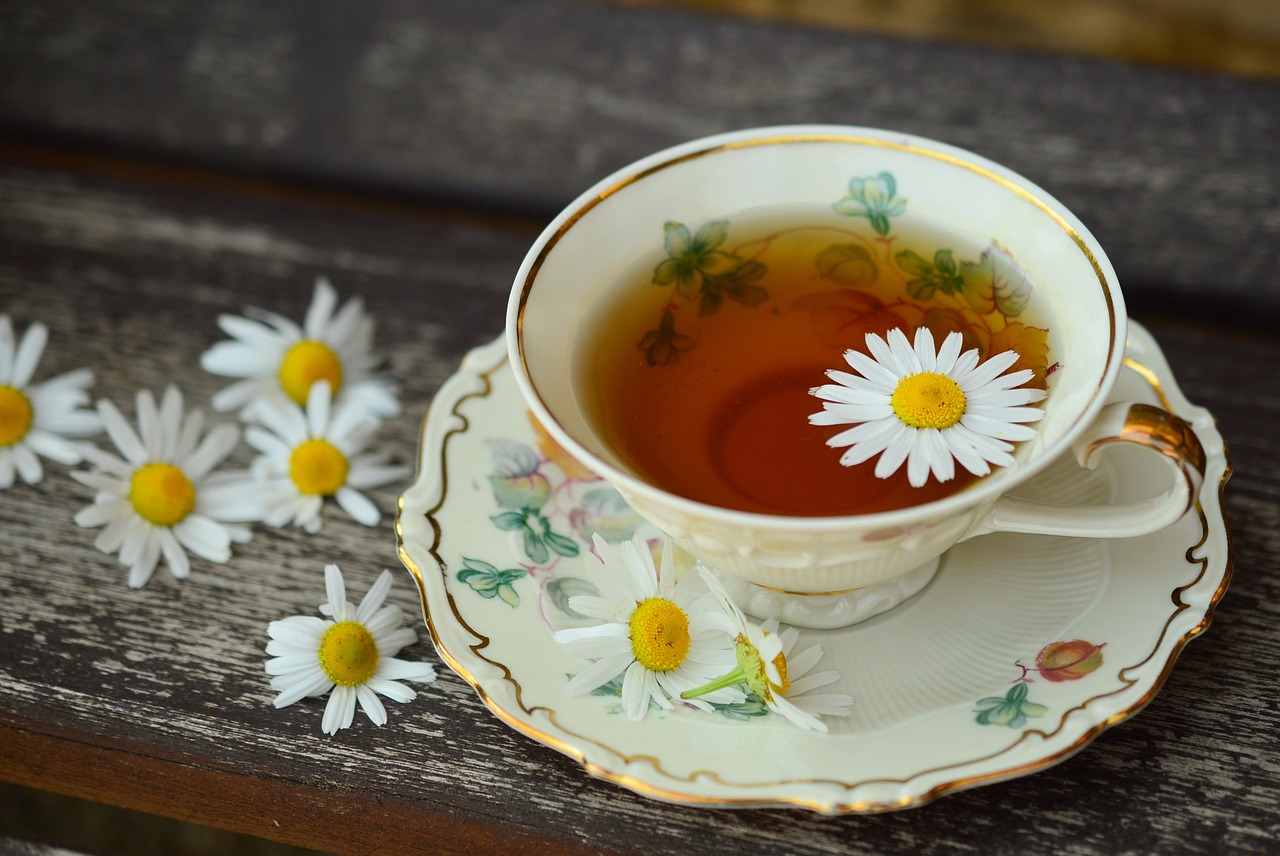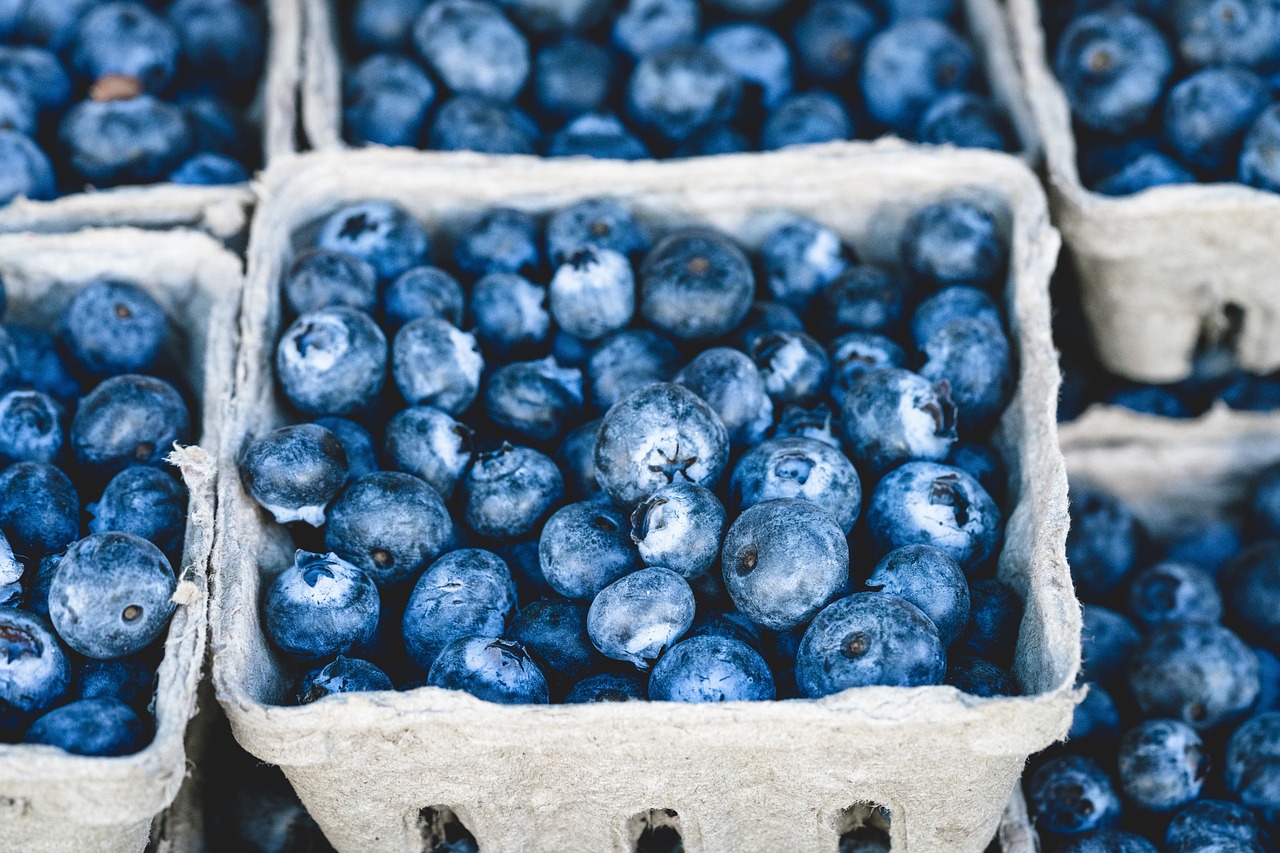
In this article, we will explore home-based remedies for diarrhoea. Diarrhoea can be caused by some pathogens or food poisoning. Diarrhoea is a frequent, uncomfortable, and unpleasant health condition that every one of us comes across. Diarrhoea is usually not a severe condition for adults, but it can be dangerous if it becomes chronic. Diarrhoea can also be a threatening condition for children and older adults. Dehydration is the most common complication associated with diarrhoea in people who do not focus on fluid intake during the Diarrhoeal period.
Diarrhoea is usually self-limiting and subsides in a couple of days. This type of diarrhoea is also referred to as acute diarrhoea. The usual symptoms of acute diarrhoea include frequent watery stools, abdominal discomfort and cramps, nausea, and gas.
In most cases, the aetiology of acute diarrhoea is a bacterial or viral infection. These viruses and bacteria often reach the gastrointestinal tract through food and water with poor hygiene. Other causes of acute diarrhoea include lactose intolerance and allergic reaction of the gastrointestinal tract towards some foods, medications, and supplements.
Home Based Remedies for Diarrhoea
As said above, acute diarrhoea is usually not a big deal for healthy adults. However, there are some home-based remedies to keep yourself healthy during Diarrhoeal bouts. Some of these remedies might help in the early treatment of diarrhoea.
1) Drink Plenty of Water and Fluids
During Diarrhoeal bouts, there is a loss of a lot of fluid from the body. There is also a loss of many essential minerals such as sodium and potassium. This loss of fluid and minerals leads to an electrolyte imbalance.
During diarrhoea, one should take 2_3 quarts of fluid to refill the fluid lost from the body. Drinking plain water replenishes the fluid portion, but it lacks certain electrolytes. Though drinking plain water is an excellent option to rehydrate the body, one can also take tea with less sugar and flap soda pop to rehydrate himself. Fruit juices are also a perfect option to rehydrate the body. One must be cautious that he is not using fruits with laxative effects such ad apple and prune to make the juice.
There are some over-the-counter available electrolyte replacement formulas. The intake of these formulas refills the fluids and minerals lost from the body. Examples of electrolyte replacement formulas include Pedialyte, Rehydralyte, and Ricelyte. One can buy these electrolyte replacement formulas from a nearby pharmacy without a prescription from a doctor.
Whatever fluid you choose to rehydrate your body, please take it in cold form. It is also advised to take fluid in fewer quantities at short intervals rather than drinking the whole glass at once.
2) Intake of Yogurt
A pack of yoghurt with live cultures can be a remedy for acute diarrhoea. These live cultures on yoghurt contain bacteria that don’t harm the gastrointestinal tract. These bacteria also protect against the infection of foreign pathogens.
If someone has got diarrhoea, yoghurt intake can kill the causative agent by producing lactic acid. The ultimate result is faster recovery from diarrhoea.
Sometimes treatment with antibiotics can also cause diarrhoea. When we give antibiotics to subside a particular infection, these antibiotics can also kill the normal flora of GIT. In such cases, yoghurt with live cultures is particularly beneficial because it replenishes the lost flora of the gastrointestinal tract. Begin to take yoghurt with live culture from the first day of antibiotic treatment. You can avoid diarrhoea caused by antibiotics.
3) Drinking Chamomile Tea
Chamomile is an effective remedy to treat diarrhoea with different etiologies. It reduces the inflammation of the gastrointestinal tract that is caused by infectious pathogens. Diarrhoea is also often accompanied by cramps. Chamomile has a strong antispasmodic effect and reduces diarrhoea-associated cramps.
One can brew a cup of chamomile tea from the tea packages. You can also prepare chamomile tea by boiling a teaspoon of chamomile flowers and peppermint leaves in water for fifteen minutes. It is usually recommended to take 3 cups of chamomile tea a day to get rid of diarrhoea and cramps. Some researches also show that tannins present in ordinary tea also have an anti-diarrhoeal effect.
4) Eating Starchy Foods
You can prepare cereals by following the directions written on the package. You should make cereals as thick as you can ingest. Some starch-rich foods such as uncooked rice and tapioca cereals can help in relieving flatulence and diarrhoea. However, avoid adding too many salts or sugars to them. If you add too much sugar and salts to cereals, they can aggravate diarrhoea instead of relief.
Potatoes are another starch-rich diet that is used as a remedy for diarrhoea. Potatoes can refill some of the nutrients lost from the body due to diarrhoea. Taking potatoes in raw form is beneficial for diarrhoea, but taking potatoes in fries is not good. If you take fries instead of raw potatoes, they will aggravate the stomach ache. Carrots are another starch-rich diet that is recommended for patients with diarrhoea. Cooked white rice is also recommended for people who are recovering from diarrhoea.
5) Blueberries
The roots of blueberry have been traditionally used by common folks as a hone-based remedy for diarrhoea. In Sweden, some doctors suggest taking a soup of dried blueberries to deal with gastrointestinal upset. Anthracyanoside is a compound that is known to have antioxidant and antimicrobial properties. This compound has an exceptionally high concentration in blueberries. Blueberries also have some quantity of tannins in them. The presence of anthracyanoside and tannins makes blueberries an effective remedy to combat diarrhoea.
6) Orange Peel Tea
Orange peel tea is another folk remedy to cope with acute diarrhoea. It is believed that orange peel tea helps in digestion and relieves the cramps associated with diarrhoea.
For the preparation of orange peel tea, the spliced orange peel is placed in a pot of boiling water. One can also add sugar or honey for sweetening the orange peel tea.
7) Probiotics
Probiotics are substances that contain bacteria beneficial for gastrointestinal health. Some healthy bacteria foods include soft cheese, cottage cheese, green olives, kimchi, sourdough bread, and yoghurt. Probiotics are also available in the market in the form of pills and powder.
The good bacteria that habitat the gastrointestinal tract are necessary for the healthy functioning of the gastrointestinal tract. These bacteria help in digestion and prevent foreign pathogens from occupying the gastrointestinal tract. When we take antibiotics for sone systemic infections, there is a disturbance in the balance of normal flora. Probiotics can restore the balance of gut flora in such cases.
Saccharomyces boulardii is a type of yeast probiotic that can help in relieving antibiotic-associated diarrhoea. It can also be a treatment for traveller’s diarrhoea. Because this probiotic belongs to the yeasts, its use is contraindicated in immunocompromised people.
8) Bed Rest
During diarrhoea, there is a generalized weakness of the body. It is advised to stay warm and rested, especially if the patient is too young or old. During bed rest, taking some broth is also beneficial to cope with diarrhoea. The broth should not be too hot; it should be just lukewarm. The addition of some salt in broth is also advised to regain the electrolyte balance in the body. Application of a hot pad on the belly can relieve diarrhoea-associated cramps.
9) Avoiding Certain foods
There are certain that our body does not tolerate during the Diarrhoeal bouts. These foods include fried and greasy foods. Foods with high fibre content increase bowel movements and further aggravate diarrhoea. Foods that should be avoided during diarrhoea include beans, cabbage, broccoli, coffee, corn, milk, leafy green vegetables, and peppers.
Milk is one of the highly contraindicated diets for people with diarrhoea. During diarrhoea, the milk is not digested correctly, and the condition worsens.
10) Taking Fenugreek Seeds
In the past, the use of fenugreek seeds as a remedy was a folk treatment for diarrhoea. Now, this use of fenugreek seeds as an antiDiarrhoeal agent is backed by some scientific evidence. However, the use of fenugreek seeds is not considered safe for children yet. If you want to use this home remedy to treat diarrhoea, you just have to ingest half spoon of fenugreek seeds mixed in water.
When to See a Doctor?
Diarrhoea is usually a mild a self-limiting condition. Additionally, the above-described home-based remedies can also help in subsiding diarrhoea. However, if diarrhoea does not stop after a few days, you may need to consult your doctor to avoid complications. One should consult a doctor in the following conditions:
- Blood or pus in the diarrhoea
- High-grade fever associated with diarrhoea
- Extreme thirst and dry mouth
- Weight loss with diarrhoea
- Severe abdominal pain
- Diarrhoea during sleep
The Takeaway Message
Diarrhoea is a frequent, discomforting, and unpleasant clinical condition. However, in most cases, diarrhoea is self-limiting. Additionally, some home remedies can help in early relieving of diarrhoea. These home remedies include proper rest and hydration, intake of probiotics, and intake of starchy foods. There are some other home-based remedies for diarrhoea as well that have been described above. If the diarrhoeal condition does not resolve with home-based remedies, you should consult a doctor to avoid complications.
References:
1. Nemeth V, Pfleghaar N. Diarrhoea. [Updated 2021 Jul 19]. In: StatPearls [Internet]. Treasure Island (FL): StatPearls Publishing; 2021 Jan-. Available from: https://www.ncbi.nlm.nih.gov/books/NBK448082/
2. Jousilahti, P., Madkour, S. M., Lambrechts, T., & Sherwin, E. (1997). Diarrhoeal disease morbidity and home treatment practices in Egypt. Public health, 111(1), 5–10. https://doi.org/10.1038/sj.ph.1900318
3. Maroyi A. (2016). TREATMENT OF DIARRHOEA USING TRADITIONAL MEDICINES: CONTEMPORARY RESEARCH IN SOUTH AFRICA AND ZIMBABWE. African journal of traditional, complementary, and alternative medicines : AJTCAM, 13(6), 5–10. https://doi.org/10.21010/ajtcam.v13i6.2
4. Almroth, S., & Latham, M. C. (1995). Rational home management of diarrhoea. Lancet (London, England), 345(8951), 709–711. https://doi.org/10.1016/s0140-6736(95)90873-0
5. Shah, M. S., Ahmad, A., Khalique, N., Afzal, S., Ansari, M. A., & Khan, Z. (2012). Home-based management of acute diarrhoeal disease in an urban slum of Aligarh, India. Journal of infection in developing countries, 6(2), 137–142. https://doi.org/10.3855/jidc.1374
6. Sachar, R. K., Javal, G. S., Cowan, B., & Grewal, H. N. (1985). Home-based education of mothers in treatment of diarrhoea with oral rehydration solution. Journal of diarrhoeal diseases research, 3(1), 29–31. https://pubmed.ncbi.nlm.nih.gov/4008902/
7. Babaniyi, O. A., Maciak, B. J., & Wambai, Z. (1994). Management of diarrhoea at the household level: a population-based survey in Suleja, Nigeria. East African medical journal, 71(8), 531–535. https://pubmed.ncbi.nlm.nih.gov/7867548/




